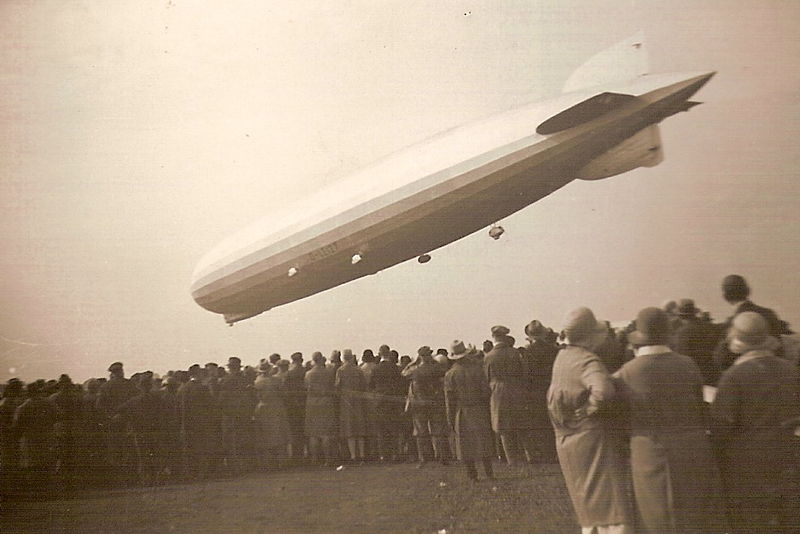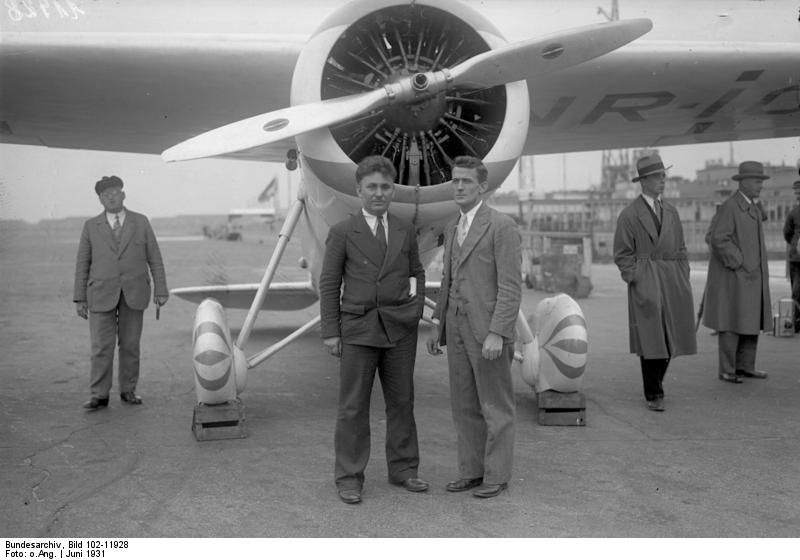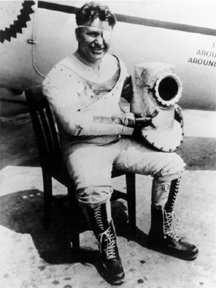Added 1 new A* page:In the excitement of movie night on Friday, I neglected to ask you to take a look at my weekly fairy tale comic, "The Princess and the Giant," so I'm taking the opportunity now to tease/link you to the previous week's page of that comic:

And this week's page is there after that one, but I'll wait until Friday to bug you about that one. :D
Also, thanks to Shards, Ears for Elves, and SporkWeb for linking to the Princess. Yay! :)
~~~~~~~~~~
There are apparently questions now as to whether the International Space Station might have to be evacuated in the coming months, since their last supply ship, a Russian unmanned Progress module, crashed at launch last week. I bring that up only because in NASA's article about the crash that I linked last week, there was a little mention of pressure suit preparation that I found interesting; talking about two cosmonauts getting ready for their departure that had been scheduled for September 7th (the crash kind of threw various other ship schedules up in the air), the article said "Borisenko and Samokutyaev also donned lower body negative pressure suits that draw body fluids towards the feet. This is standard protocol for cosmonauts preparing to return to Earth after long duration missions in space."
Negative pressure suits! Whoa. That got me thinking about pressure suits in general, and led me to aviation innovator and intrepid pilot Wiley Post. Born in Texas in 1898, Post was a circus parachutist and barnstormer in his 20's, and even losing his left eye in an oil field accident at age 27 didn't slow him down--in fact, he used the settlement money to buy his first airplane.
He became a successful air racer--winning the 1930 National Air Race Derby from LA to Chicago in 9 hrs. 8 min. 2 sec., for instance--but he had his sights set on even bigger things. At the time, the round-the-world air record, of 21 days, was held not by an airplane, but by an airship: the Graf Zeppelin, a 237 meter-long (776 feet) German airship capable of carrying 20 passengers beneath its massive hydrogen-filled balloon, which it could propel through the air at up to 128 km/h (80 mph). The Graf was the largest airship in the world when it was completed in 1928 (here it is still looking pretty big in 1930):

image by Grombo (source)
The Graf made its round-the-world flight in 1929, a voyage sponsored by American newspaper tycoon William Randolph Hearst, who shelled out $200,000 for exclusive media rights to the voyage.
Apparently, an airship holding the round-the-world record didn't sit well with airplane pilots of the time of the time. Post and his navigator, Harold Gatty, took up the challenge, and in 1931 set off from Long Island to break the record in the airplane "Winnie Mae" (now at the Smithsonian's Steven F. Udvar-Hazy Center annex at Washington Dulles International Airport, along with such craft as the Enola Gay, the Space Shuttle Enterprise, the Gemini VII capsule, an SR-71 Blackbird, a Concorde, and many more; the Winnie Mae was owned by Oklahoma oilman F.C. Hall--Post was his personal pilot, and had already won the aforementioned National Air Race Derby in the Winnie Mae). Here are Post (on the left) and Gatty in front of the Winnie Mae at a stop in Germany during their circumnavigation attempt:

image by Deutsches Bundesarchiv (German Federal Archive), Bild 102-11928
The two made it back to Long Island, having gone around the world in just eight days, shattering the Graf's record. They were the toast of the nation, getting a lunch at the White House and a ticker-tape parade in New York City; their account of the journey sported the clever title of "Around the World in Eight Days." (Take *that*, Jules Verne! :P)
Far from resting on his laurels, with the latest air technology, the Sperry autopilot system (capable of performing even automatic takeoffs and landings) and radio direction finder, Post set out to complete a solo round-the-world flight in 1933, which he completed--the autopilot having required three repairs en-route--in just seven days, breaking his previous record and earning himself another ticker-tape parade in New York.
The next year, Post set out to break the altitude record. Because the Winnie Mae's cockpit could not be pressurized, he worked with Russell S. Colley of B.F. Goodrich to develop what would be the world's first "practical" pressure suit. Made of long underwear, rubber, and rubberized parachute fabric glued to an articulated frame, with an aluminum and plastic diver's helmet that could carry earphones and a throat microphone, the suit, with the eyepatch-wearing Post inside, was a formidable creation:

image by NASA (source)
(This page has a neat photo of him sealed in the suit, looking like something out of Forbidden Planet.)
His first flight in the suit reached 40,000 feet over Chicago, and he eventually got up to 50,000 feet.
Still determined to push his airplane's limits, the following year--1935--he attempted four high-altitude transcontinental flights from LA to New York; all four attempts ran into mechanical problems, but Post's observation that his ground speed significantly exceeded the airspeed shown by the Winnie Mae's instruments during these attempts has led some to credit him with the discovery of the jet stream.
That same year, with his close friend Will Rogers--they had met when Post flew Rogers to a rodeo in the late 20's--Post took up the task of "surveying a mail-and-passenger air route from the West Coast of the United States to Russia." Low on cash, he built himself an airplane using parts he salvaged from two different aircraft. Caught in bad weather after leaving Fairbanks, they landed in a lagoon to ask for directions--but in taking off from the lagoon, the airplane's engine failed, and both Post and Rogers were killed when it crashed back into the water. Post was 36 years old.
His pioneering pressure suit is now at the Smithsonian, I *think* at the same facility as the Winnie Mae. They have a good color photo of it posed for display here.
|
